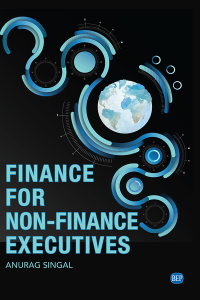Question
32. When evaluating a make-or-buy decision, which of the following does NOT need to be considered? a. Alternative uses of the production capacity b. The
32. When evaluating a make-or-buy decision, which of the following does NOT need to be considered? a. Alternative uses of the production capacity b. The original cost of the production equipment c. The quality of the supplier's product d. The reliability of the supplier's delivery schedule
33. The opportunity cost of holding significant inventory includes a. the interest forgone on an alternative investment. b. additional insurance costs. c. additional storage costs. d. all of the above.
34. Which of the following best describes an opportunity cost? A. Costs that were incurred in the past and cannot be changed B. Benefits foregone by not choosing an alternative course of action C. The distribution of all products to be sold D. Expected future costs that differs among alternatives
35. W 35. W 35. Which of the following would NOT be a factor in the consideration of whether or not a special order should be accepted? a. Excess capacity b. Variable costs c. Sunk costs d. Qualitative factors
36. When are future fixed costs relevant in a make or buy decision? a. Future fixed costs are never relevant to the decision. b. Future fixed costs are relevant when they differ among alternatives. c. Future fixed costs are always relevant to the decision. d. Future fixed costs are relevant when they exceed variable costs.
37. In resource utilization decisions (i.e., product mix), managers should: a. minimize the contribution margin per unit. b. minimize the use of the scarce resource. c. maximize the contribution margin per unit of scarce resource. d. maximize the contribution margin per unit.
38. In a sell "as is" or process further decision, if the incremental revenue of additional processing is greater than the incremental cost of additional processing, then: a. it is less profitable to process further. b. it is more profitable to process further. c. total fixed costs have increased. d. total product costs have decreased.
39. In deciding whether to drop its electronics product line, a companys manager would consider which of the following? A. The costs it could save by dropping the product line B. The revenues it would lose from dropping the product line C. How dropping the electronics product line would affect sales of its other products (like CDs) D. All of the above
Step by Step Solution
There are 3 Steps involved in it
Step: 1

Get Instant Access to Expert-Tailored Solutions
See step-by-step solutions with expert insights and AI powered tools for academic success
Step: 2

Step: 3

Ace Your Homework with AI
Get the answers you need in no time with our AI-driven, step-by-step assistance
Get Started


